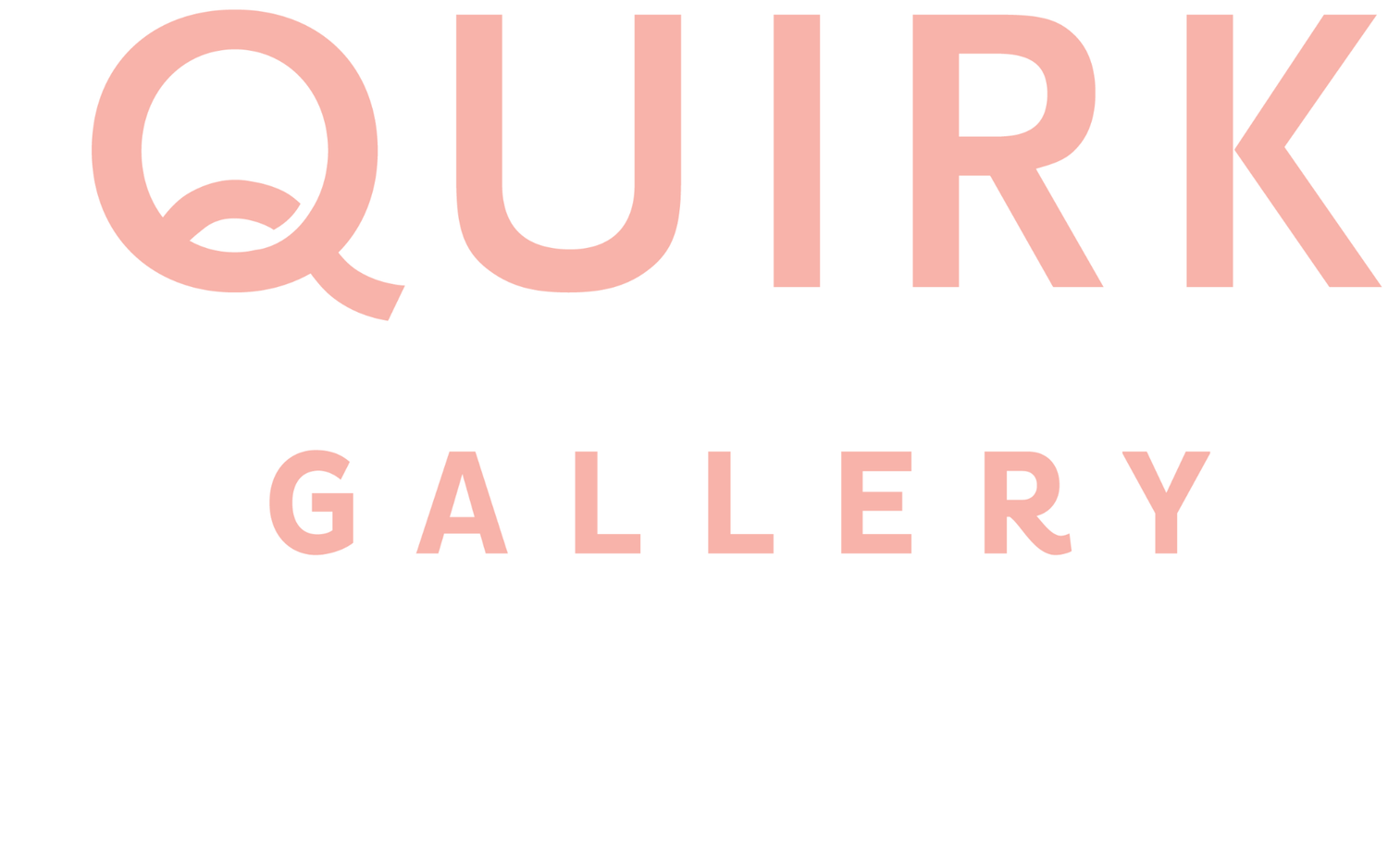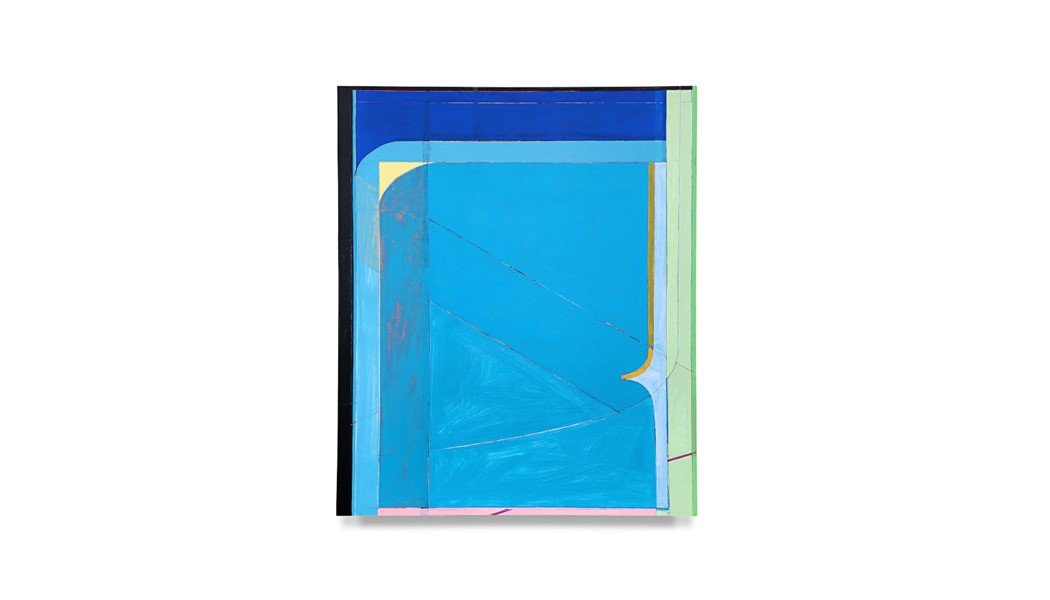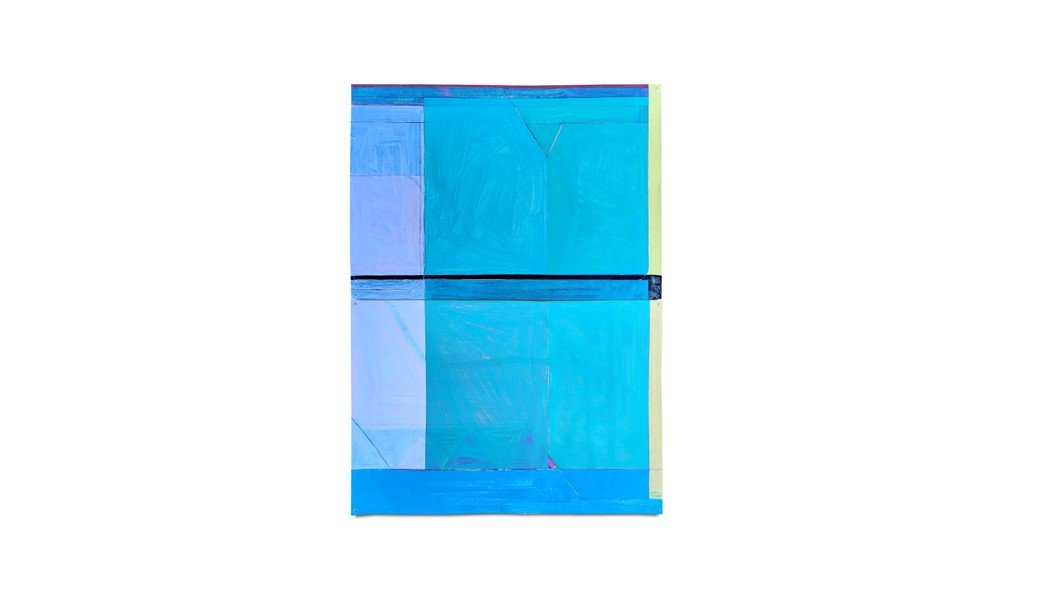Sketching keeps me connected with the direct and physical process of producing art. Sometimes the activity serves as an exercise for staying in creative shape, and at other times I’m diagramming blueprints for larger works. Regardless of the reason, and whether or not an end painting visibly connects to a specific study, the cumulative process of production, consciously and subconsciously, informs decisions on the canvas.
I used to sketch on any loose sheet of paper; the images got haphazardly stacked with other random material (mail, magazine clippings, bills, photographs); some were rediscovered only to be reorganized into another pile, or they were lost in a frantic impulse to clean the workspace. The system for cataloging and reviewing these ideas was flawed. Then, and unbeknownst to him about this problem, my dearest friend gave me a set of Field Notes books; they were small enough to keep in my pockets, but too large (and colorful) to accidentally discard. I kept the pads in my pockets all the time; they are in every room of my home (change bowls, my desk, on top of the coffee table, in the bathroom); they are in my car cup holders, and, of course, in the studio. I have ideas for paintings all the time, whether during a faculty meeting, at a stop light, or in between classes. Sketching is the integral catalyst of my process; it allows me to make notes for and on immediate ideas, without cracking open a single jar of paint.
Because they are quick ideas, the sketches didn’t feel as labored, as precious, or as “important,” as the large pieces. If a drawing was weak or unresolved, it didn’t matter; there was always another page to turn for a clean start.
By a certain point, I realized I had a small volume of little drawings. The sketches were so important that I wanted to display them next to the finished pieces, representing “the beginning,” while directly referencing “the end” works."
The resulting challenge of compiling both studies and larger works records the balance between impulsive and patient, trial and error.
Fool Hardy, 2023, acrylic and graphite on canvas, 72 x 60 inches, SOLD
Safe & Sound, 2023, acrylic and graphite on canvas, 50 x 40 inches, $ 6500
OLR 204, 2022, acrylic and graphite on paper, 44 x 31 inches, $ 3400 framed
Premature Gray, 2023, acrylic and graphite on canvas, 50 x 40 inches, $ 6500
Prine, 2022, acrylic and graphite on paper, 62 x 44 inches, $ 6300 framed
OLR 207, 2023, acrylic and graphite on paper, 31 x 44 inches, SOLD
OLR 202, 2022, acrylic and graphite on paper, 31 x 44 inches, SOLD
OLR 203, 2022, acrylic and graphite on paper, 31 x 44 inches, $ 3400 framed
OLR 205, 2023, acrylic and graphite on paper, 44 x 31 inches, $3400 framed
OLR 206, 2023, acrylic and graphite on paper, 44 x 31 inches, SOLD
OLR 200, 2022, acrylic and graphite on paper, 44 x 31 inches, SOLD
Various Sketches, framed, $ 30 each or 4 for $ 100
OLR 201, 2022, acrylic and graphite on paper, 31 x 44 inches, $ 3400 framed
Humpty Dumpty, 2022, acrylic and graphite on paper, 18 x 24 inches, SOLD
Navarea, 2023, acrylic and graphite on canvas, 50 x 40 inches, $ 6500
Frank P. Phillips has been professionally creating art for over 20 years. He, his wife Meg, and daughter Bess, live in North Garden, VA. Phillips works at St. Anne’s-Belfield School, where he is Chair for the Visual Arts, and teaches courses in Drawing, Painting, and 2D Design. He received his BA with High Honors from Hobart College in 1997 and received his MFA from the Maryland Institute College of Art in 2005.
At Hobart, Phillips was a decorated member of the Men’s Varsity Soccer team. Currently, he is an avid squash player. At STAB, Frank Phillips utilizes his athletic experience to coach squash. His passion for competition and physical activity directly influences his artwork. The paintings and drawings are products of his very physical process, and he embraces the work involved.
















